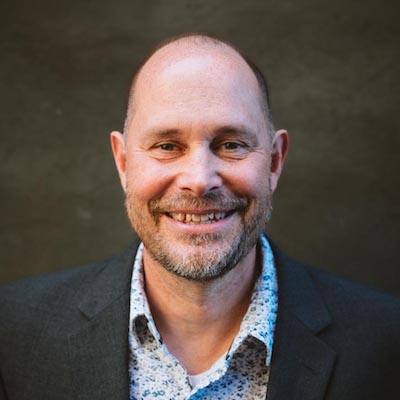
New Life for the Ocean
How Marine Protections Keep Our Waters Wild

Downloads
The ocean drives the processes that make our planet capable of supporting life, and contains some of the world’s most complex and diverse ecosystems. But these ecosystems are increasingly under threat. Pollution, overfishing, offshore drilling and other human activities are destroying ocean habitat and threatening marine species, with profound consequences for the biodiversity on which the health of our oceans depends.
Join us for an underwater hike.
Three quarters of the Earth’s surface is covered by ocean. These vast, mysterious bodies drive the processes that make our planet capable of supporting human life and contain some of the most diverse ecosystems on the planet, home to a spectacular array of plants and animals. Marine protected areas – zones that are off-limits to most or all extractive activities – are one of the most effective tools we have to ensure the continued health of our oceans.
Join us on an underwater hike at six marine protected areas to explore these unique, diverse ecosystems rich with wildlife. Each of these success stories demonstrates the power and hope of restoring and protecting our most precious underwater wildernesses.
Scroll down to dive in.
Our oceans need our protection.
The health of our oceans is in crisis. Centuries of negligence and abusive overexploitation of marine environments have led to species loss, ecosystem destruction and biodiversity decline on an unprecedented scale. A growing number of scientists and conservationists are coalescing around the goal of protecting 30 percent of the world’s ocean by 2030 through networks of marine protected areas.
The stories we just explored in our underwater hike show that marine protected areas are effective tools to conserve and revive marine ecosystems. To restore our oceans to health, we must take a strategic, science-based approach to planning and implementing protection for our precious underwater wonderlands.
You’ve hiked these underwater wildernesses. Now you can help protect more places like them.
On January 28, 2021, President Biden signed an executive order putting the U.S. on the path towards protecting 30 percent of U.S. lands, waters and oceans by 2030. But this is only the first step towards getting permanent protections for our most important ocean habitats.
A growing number of scientists and conservation groups are coalescing around the goal of protecting at least 30 percent of the world’s ocean by 2030 through networks of marine protected areas (MPAs) – protected zones of ocean where extractive and destructive human activity is limited.
The experience of six MPAs in the United States and around the world shows that marine protected areas are effective tools for conserving and reviving ocean ecosystems. To restore our oceans to health, we need to protect more of our amazing ocean places.
Topics
Authors
Steve Blackledge
Senior Director, Conservation America Campaign, Environment America Research & Policy Center
Started on staff: 1991 B.A., Wartburg College Steve directs Environment America’s efforts to protect our public lands and waters and the species that depend on them. He led our successful campaign to win full and permanent funding for our nation’s best conservation and recreation program, the Land and Water Conservation Fund. He previously oversaw U.S. PIRG’s public health campaigns. Steve lives in Sacramento, California, with his family, where he enjoys biking and exploring Northern California.
Kelsey Lamp
Director, Protect Our Oceans Campaign, Environment America Research & Policy Center
Kelsey directs Environment America's national campaigns to protect our oceans. Kelsey lives in Boston, where she enjoys cooking, reading and exploring the city.
James Horrox
Policy Analyst, Frontier Group
James Horrox is a policy analyst at Frontier Group, based in Los Angeles. He holds a BA and PhD in politics and has taught at Manchester University, the University of Salford and the Open University in his native UK. He has worked as a freelance academic editor for more than a decade, and before joining Frontier Group in 2019 he spent two years as a prospect researcher in the Public Interest Network's LA office. His writing has been published in various media outlets, books, journals and reference works.
Find Out More



